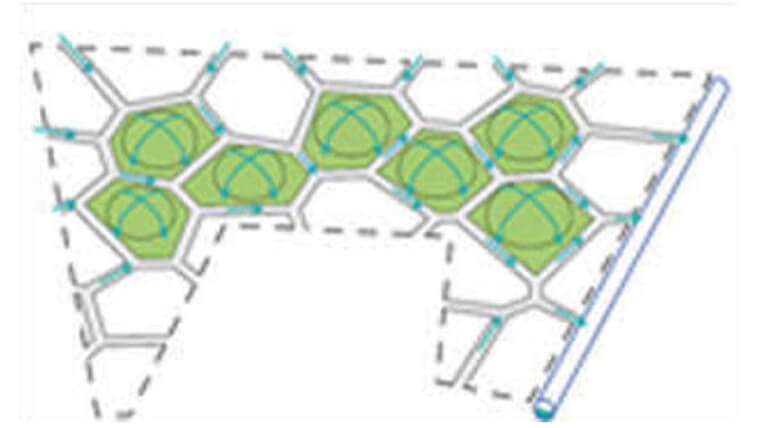The recent deluge in Metro Manila, intensified by the southwest monsoon (Habagat) and Typhoon Carina, brought widespread flooding to the capital. The flooding of streets and homes, the displacement of thousands, and the significant disruption to the economy and daily life are stark reminders of the vulnerability of urban centers to natural calamities.
We all remember when Typhoon Ondoy brought an unusually high volume of rain, causing severe flooding in the Marikina River 15 years ago. This led to extensive flooding in Metro Manila and the neighboring Rizal province, affecting cities such as Antipolo, Makati, Malabon, Marikina, Muntinlupa, Pasig, Quezon, San Juan, Taguig, and Valenzuela. On September 26, 2009, Ondoy unleashed a month’s worth of rain in just 12 hours.
At that time, I was relatively new to the Philippines. Together with Atty. Jojo Leviste, we had just incorporated Italpinas Development Corporation (IDC) with the Securities and Exchange Commission (SEC) in January. Fortunately, there was no other episode like Ondoy, in the succeeding years, but then Carina came.

These natural events are a reminder of the vulnerability of our urban centers to natural calamities and the importance of comprehensive urban planning, including flood control strategy. I was recently watching a Senate inquiry and noted that flooding was one of the items on the agenda.
In this year’s budget, a total of P255 billion has been allocated for flood control. This amount far exceeds the allocations for irrigation at P31 billion, the construction of new hospitals, and even the capital outlay budgets of the Department of Agriculture (P40.13 billion) and the Department of Health (P24.57 billion).

The call for a cohesive flood control plan is not new. The master plan for flood management in Metro Manila was approved about ten years ago, and its development is ongoing. The need for this type of centralized, well-coordinated master plan cannot be overstated. Acceleration of efforts such as these will safeguard citizens and infrastructure from the inevitable onslaught of annual rains.
One innovative solution that has proven effective is the underground water impounding structure in Bonifacio Global City (BGC). This facility, capable of storing massive amounts of floodwater, serves as a model for urban flood management. Replicating such structures across Metro Manila could significantly mitigate the impact of heavy rainfall. However, the challenge lies in finding suitable locations for these facilities in densely populated areas.

One of the proposed sites for underground infrastructure was beneath the flood-prone University of Santo Tomas (UST) on España Boulevard in Manila. Unfortunately, the school’s administration did not approve the plan.
BGC remains flood-free due to its water-impounding structure, which has the depth of a four-story building. This structure can store over 20 million liters of water, equivalent to eight Olympic-sized swimming pools.
Flood control is not solely the responsibility of the government. While the public sector provides the necessary infrastructure, ordinary citizens have a crucial role to play. Conscious waste disposal and discipline in maintaining clean waterways are fundamental to preventing clogged drainage systems that exacerbate flooding. The habit of indiscriminate littering must be curbed if there is to be any hope of improving the situation.
Property developers, likewise, are not exempt from responsibility. If possible, new or future projects should prioritize locations that are elevated or distanced from flood-prone areas. Incorporating green infrastructure, such as permeable pavements and rain gardens, can also contribute to reducing runoff and absorbing rainwater.
The recent floods are a wake-up call to all of us. It is a collective call to action that demands an immediate and sustained response. While the government must lead the way with a robust and actionable flood control master plan, the citizenry and the private sector must do their part to support these efforts. Only through a united front can Metro Manila hope to weather the storms of the future.
